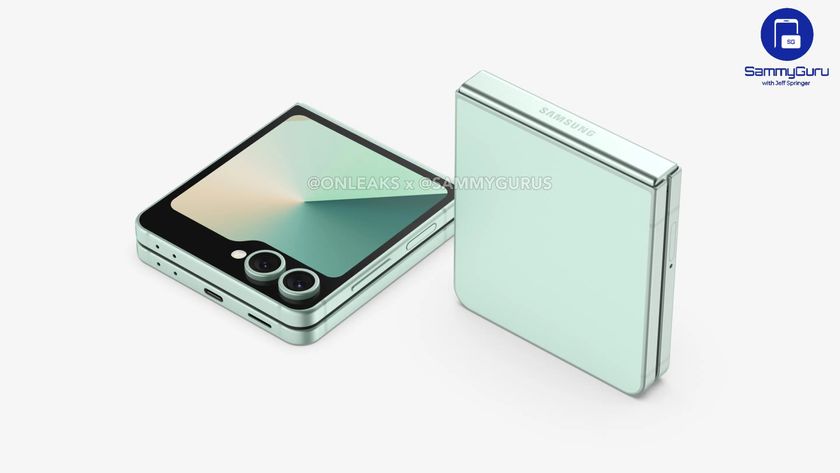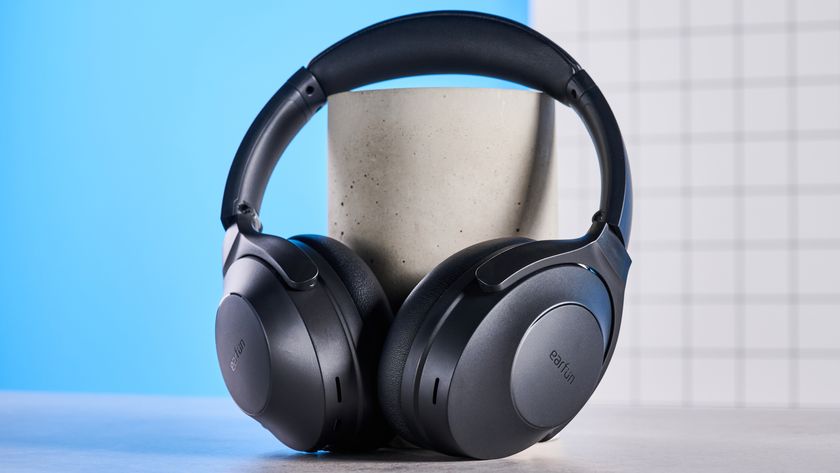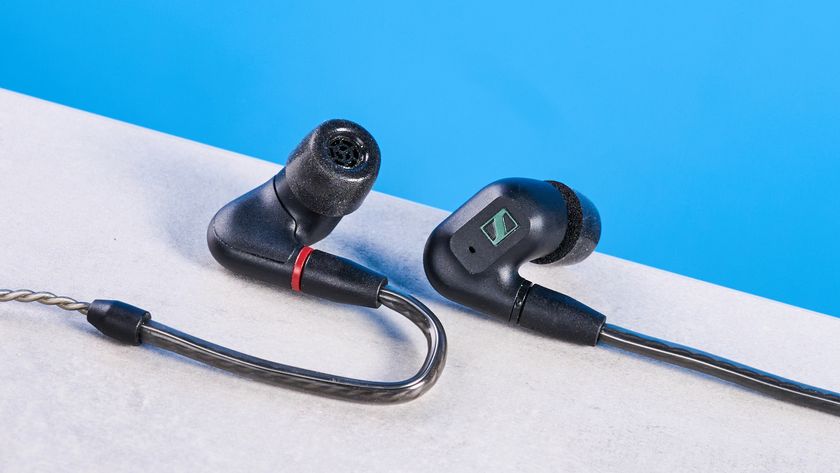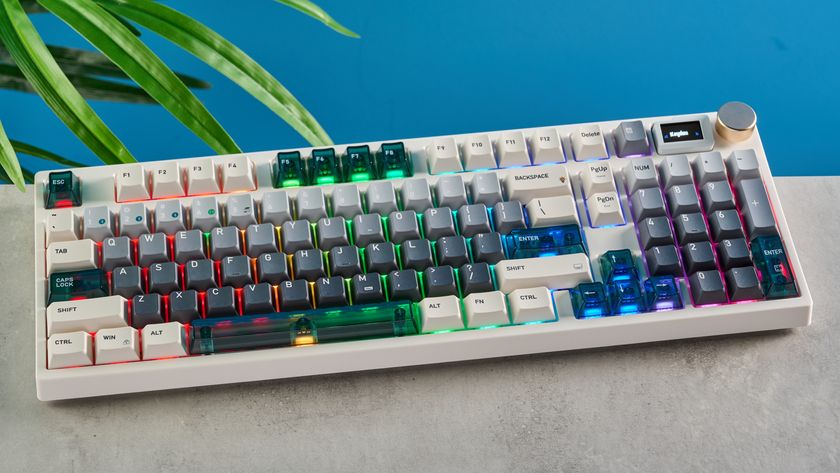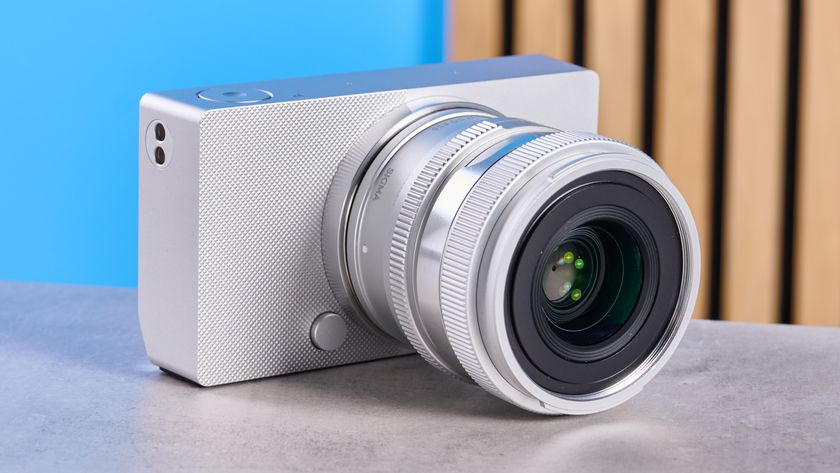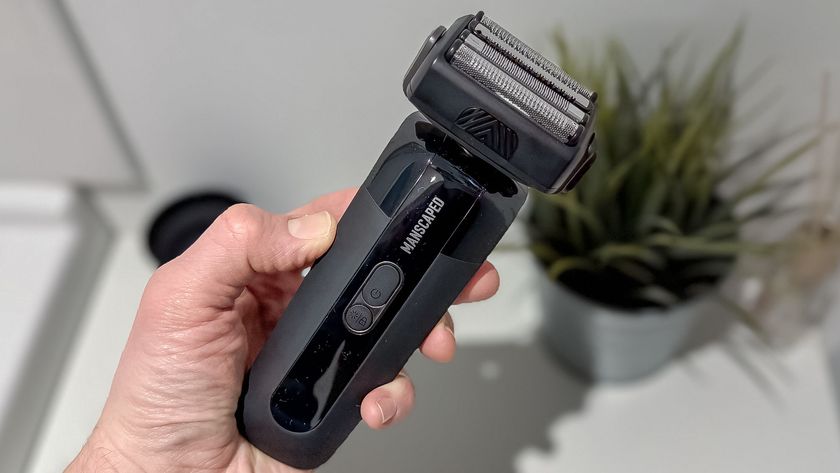Tom's Guide Verdict
The ETVR Virtual Reality 3.0 headset offers crisp details and a very comfortable fit for budget-conscious virtual reality fans.
Pros
- +
Comfortable head strap
- +
Horizontal alignment guides
- +
Works with Google Cardboard apps
Cons
- -
Some light leak
- -
Slightly muted colors
Why you can trust Tom's Guide
When the cheap VR headset category started in 2014, it was an actual piece of folded cardboard with some lenses and a single button. Fast-forward to now, and you've got the ETVR Virtual Reality 3.0 headset (priced at $28.99) that improves upon just about every aspect of the concept. Instead of flimsy cardboard, you get a handsome device constructed from plastic, foam and faux leather with comfortable head straps, allowing for long viewing and playing sessions. Although we noticed a bit of light leakage, the ETVR is one of our top picks for consumers who want to experience VR without spending exorbitant amounts of money.
Design
The ETVR Virtual Reality 3.0 headset has the slickest overall look of any of the cheap VR headsets I’ve tested. While it shares the basic plastic construction found across the board in this category, the decision to go virtually all black, coupled with details such as chrome focal knobs and added head-strap components, makes for a more premium look.
The headset also has a few really clever functional additions that help elevate it over most of the other cheap VR headsets out there. The most noticeable is the padded cap on the top strap. The extra cushion alleviates some of the uncomfortable rubbing that can occur along the top of your head while allowing for a tighter fit to minimize errant headset movement.
MORE: Google Cardboard Review: Better Than Nothing
Looking inside the headset, you'll find two horizontal guides that slide into place around the outside of your phone. This not only holds the phone in place during use but also means you aren’t hunting around trying to center your phone for future VR sessions. Finally, this headset includes a button along the bottom right corner that makes it Google Cardboard-compatible, opening up some additional software options.
Beyond these fairly unique features, the ETVR 3.0 offers a perforated faux-leather padded face cushion and considerable venting to prevent overheating and fogging on the lenses. The focus controls are also thoughtfully placed at the temples and on top of the device for quick, easy adjustments during use.
My chief complaint about the ETVR 3.0 is that it does allow for some light to leak in at the top of the device. This is due to the front plate, which is made of a smoky translucent plastic; an opaque cover would have been better.
Setup
The ETVR can accommodate smartphones between 4.5 and 6.2 inches, including the iPhone 6 Plus. Setup is pretty straightforward; you just start the app you're planning to use before placing your phone into the headset. Next, open the headset's front cover, pop your smartphone into the waiting grip and secure the cover.
Comfort
Thanks to the aforementioned padded cap on the head strap and a pliable faux-leather piece at the back of the strap, the ETVR is the most comfortable cheap headset I’ve tested. Particularly for those games or VR experiences that lend themselves to quick head movement, this headset can be worn quite tightly and remain comfortable.
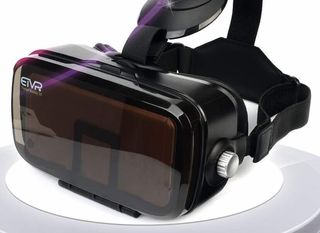
At 11.6 ounces, the ETVR’s weight is in the middle of the pack compared with the Magiove (10.6 ounces) and the Destek (12.5 ounces). That's likely due to the extra padding, but it's a worthwhile trade-off in this case. The perforated faux-leather padding for your face is soft without being suffocating, and keeps your face cool even during longer VR sessions.
Optics
The ETVR 3.0's image clarity was excellent, retaining all of the detail on my Google Pixel's display. However, the color did seem slightly muted, while the display seemed somewhat dimmer in apps like Cedar Point VR Roller Coaster, compared with the more vibrant images on both the Magiove and Destek headsets.
MORE: Best VR Headsets
The focal- and pupil-distance controls are available on the sides and top of the device, respectively, and allow you to make quick adjustments as needed to ensure a clear picture.
The marketing materials for the headset claim a 120-degree field of view (FOV), but this simply isn’t the case. The view looks virtually indistinguishable from other cheap VR headsets that claim a more plausible 83-85 degree FOV.
Audio
There is no onboard audio with the ETVR 3.0, so you are reliant on Bluetooth or wired headphones or simply the speakers in your phone. There are cutouts at each side and at the top of the front plate that will allow the sound to escape if you are using the speakers. There’s also room to run a 3.5 millimeter cord to plug in your headphones, if you choose to go that route.
Apps, Games, Experiences
Thanks to the presence of the button on the bottom right of the ETVR 3.0, this headset can use the Google Cardboard app. VR Street Jump for Cardboard is one example; it’s basically Cross Road in VR, and relies on the button to advance you through the game.
Otherwise, there’s plenty of VR content and games available through the Google Play and Apple App Store.
Bottom Line
It’s impressive how much the ETVR Virtual Reality 3.0 gets right for such an inexpensive VR headset. You get an incredibly comfortable device, secure phone placement and added functionality through Google Cardboard support.
The light leakage and slightly muted colors are minor issues, and prevent this headset from being at the top of our list. If you're looking for a headset without either problem, I suggest the Magiove. But if comfort is at the top of your list when looking for a cheap VR headset, it's difficult to argue against the ETVR.
A self-professed "wearer of wearables," Sean Riley is a Senior Writer for Laptop Mag who has been covering tech for more than a decade. He specializes in covering phones and, of course, wearable tech, but has also written about tablets, VR, laptops, and smart home devices, to name but a few. His articles have also appeared in Tom's Guide, TechTarget, Phandroid, and more.




